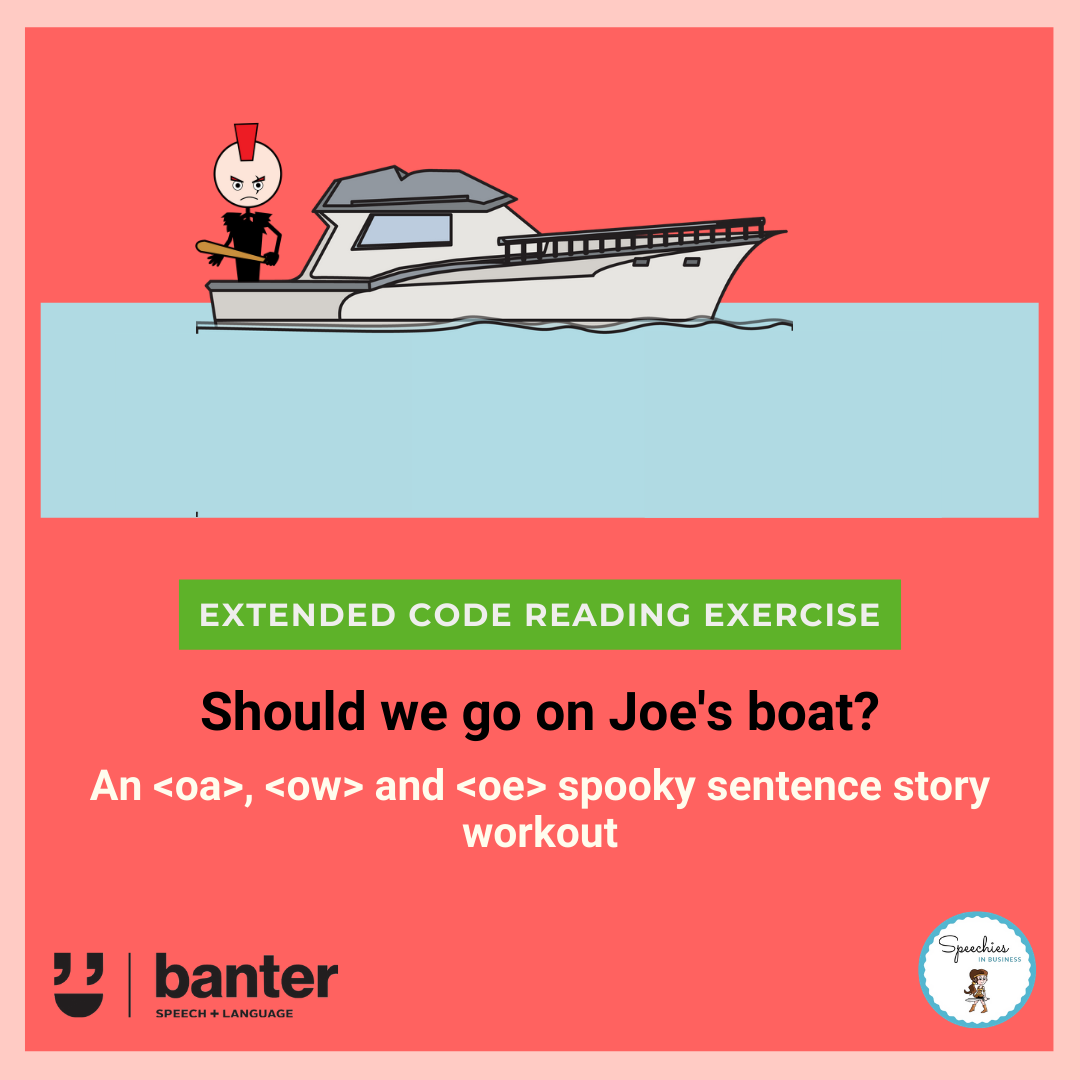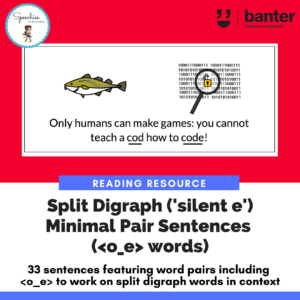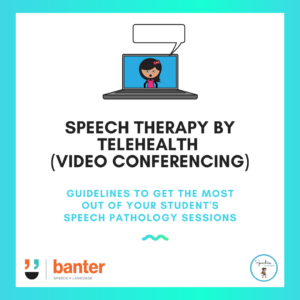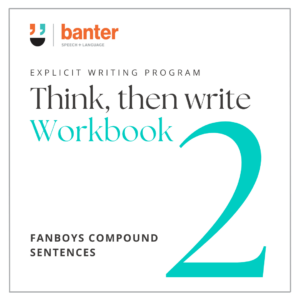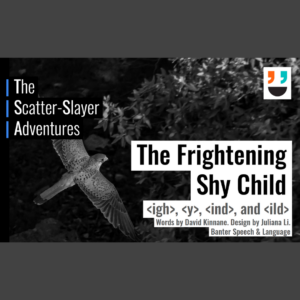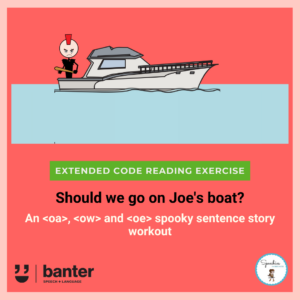(R404) Extended Code: Should we go on Joe’s boat? An ‘oa’, ‘ow’ and ‘oe’ Spooky Sentence Story Workout
$4.99 including GST
In this reading exercise, students read many words containing <oa>, <ow>, and <oe> (e.g. “toast”, “tow” and “toe”). For efficiency and engagement, we find it best to work on extended code targets like <oa>, <ow> and <oe>while also working on reading fluency (accuracy, speed and expression) with sentences and short passages.
This reading workout is about a mysterious stranger struggling to survive in a tough world. He seems friendly. But, there’s something not quite right here. Should we be worried? Let’s find out!
This no-prep exercise can be used for:
- decoding practice; or
- word or sentence level written dictation (encoding) practice.
Description
Should we go on Joe’s boat? An ‘oa’, ‘ow’ and ‘oe’ Spooky Sentence Story Workout
After students have learned to decode:
- one-syllable and polysyllabic words composed of the basic code; and
- words like “lake”, “Steve”, “like”, “woke” and “mute” containing split digraphs,
it’s time to teach them how to decode words containing the extended code.
Extended code: Where to start?
Written English is alphabetic, but there are 461 possible letter-sound mappings in English, and more than two billion words. Although these facts can be intimidating to teachers and others who are working with students who are learning to read, research shows that, with knowledge of just 64 high frequency graphemes, and around 100 high frequency words, students can read around 90% of the words in texts that they will typically encounter:
In this reading exercise, students read many words containing <oa>, <ow>, and <oe> (e.g. “toast”, “tow” and “toe”). For efficiency and engagement, we find it best to work on extended code targets like <oa>, <ow> and <oe>while also working on reading fluency (accuracy, speed and expression) with sentences and short passages.
This reading workout is about a mysterious stranger struggling to survive in a tough world. He seems friendly. But, there’s something not quite right here. Should we be worried? Let’s find out!
This no-prep exercise can be used for:
- decoding practice; or
- word or sentence level written dictation (encoding) practice.
While illustrated, we have designed the sentences to discourage guessing from context or pictures, and to instead promote the phonological awareness skills most correlated with reading outcomes, namely letter-sound links, blending and segmenting skills. We’ve also worked hard to make the sentences motivating for students to read – including older students with dyslexia and other learning disorders.
We hope your students find this reading exercise useful and engaging as you work with them to learn and master high frequency extended code digraphs like <oa>, <ow> and <oe>.
Related resources:
- I really, really need a Jeep! A silly <ee> and <ea> sentence story workout
- A Gloomy Day In My Room For Yet More Zoom Doom! A Silly <oo> Sentence Workout
- My Brain Plays Every Day in Winter Bay: An ‘ay’, ‘ai’ Sentence Story Workout
Click here for a free copy of the first instalment in The Scatter-Slayer Adventures series: Don’t Stay! Be Afraid (<ai> and <ay>).
This is the first of our decodable digital ‘select-your sequel’ adventure series, focusing on the extended code and increasing reading fluency. Where you decide what happens next.
Also available:
- Attack of the Eel Beast (<ee> and <ea>)
- The Zoo Druid (<oo> (moon), <oo> (took) and <u_e>)
- The Shark Arcade (<ar> and <a>)
- The Glowing Toad (<oa>, <ow> and <oe>)
- The Blue-Bruised Newt (<ue>, <ui>, and <ew>)
- The Nervous Furnace Workers’ Well-Earned Liberation (<er>, <ur>, <ir>, and <ear>)
- The Awesome Australian Gore-Boar (<aw>, <au>, <or>, <oar> and <ore>)
- The Spoiled Boy (<oi> and <oy>)
- The Scarecrow and Bear Fair in the Land of Nowhere (<air> and <are>)

